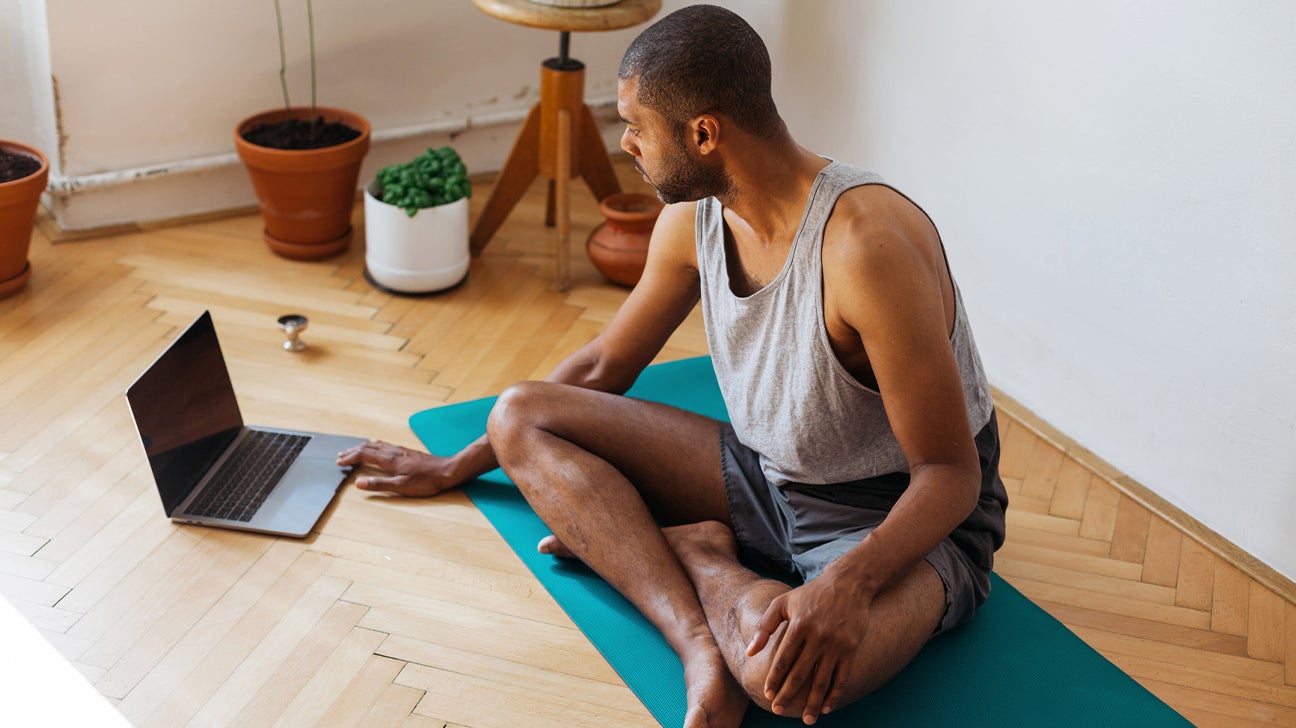How to Practice Mindfulness Throughout Your Workday
mindfulness is an exceptionally subtle idea — certain individuals say that rehearsing it's surprisingly muddled, more experienced meditators say it's a lot simpler than individuals suspect. The magnificence of focusing profoundly on mindfulness practices is that you'll benefit altogether from them, regardless of whether it's your most memorable time thinking.
Individuals get truly upset during available time. We need to connect and frequently can't help contradicting our associates and clients — for some, uneasiness is simply aspect of the gig.
Nonetheless, there are likewise things outside our positions that add to our mindfulnesslessness — you know, stuff like virtual entertainment, a for the most part speedy life, and numerous different things. Accordingly, this makes us very ineffective at work, causing more uneasiness and misery.
In the present blog entry, we'll investigate a couple of straightforward and extremely viable mindfulness activities to assist you with remaining blissful and useful at work.
Alright, what’s mindfulness?

mindfulness has been a popular expression throughout the previous decade or somewhere in the vicinity. A training returns millennia, beginning from old Eastern and Buddhist way of thinking. The advanced mindfulness practice is more clear and objective situated, permitting specialists to receive its rewards without learning the complexities of Buddhism.
An exceptionally basic meaning of mindfulness is: "Deliberately focusing on present second encounters with a disposition of interest and acknowledgment." So it's essentially being here and at this moment, recognizing how you feel and what you're's mind, yet in a non-critical way. A major piece of the cutting edge mindfulness practice rotates around breathing activities, directed symbolism, and different practices that will assist you with prompting a feeling of quiet in the psyche and body.
How can that help you at work?
It will essentially work on your concentration. Figuring out how to focus on each thing in turn is a magnificent expertise that will assist you with turning out to be more productive working.
I will upgrade your innovativeness. mindfulness permits individuals to enter an innovative mood by eliminating judgment. This will empower you to investigate inventive arrangements that you would have in any case rejected.
It will assist you with diminishing pressure. mindfulness permits individuals to see that the things that made them restless or upset are simply… things. This isn't to imply that that mindfulness advances lack of interest. All things being equal, it calls for doing the ideal things brilliantly while additionally understanding how superfluous our enduring is more often than not. So there's no need to focus on wiping out thought or discharging the brain — everything revolves around clearness and discretion.
So how do I practice mindfulness at work?

Before we plunge into the points of interest, we should require one moment to investigate what it really means to be mindfulnessful. To many, this is a confounding idea because of its mind-boggling straightforwardness — we regularly expect something that has such countless advantages to be incredibly tangled. Indeed, it's not. For amateurs, in any event.
Indeed, contemplation and mindfulness are extraordinarily expansive practices, and many individuals commit their whole lives to grasping them. Nonetheless, with regards to applying mindfulness to focus, unwind, and become intentionally present, you don't actually require a degree to do that. The best part is the more you practice it, the more noteworthy the advantages you'll procure. Make an honest effort not to be threatened by any of these activities. You'll in all actuality do fine and dandy. If all else fails, simply take the path of least resistance.
Alright, presently, how about we start with something extremely straightforward. The main activity is basically unstructured, however it requests a determination to get everything done as well as possible.
1. Effortlessly present
Frequently, when we're truly centered around work, we will generally fail to focus on how we feel and the climate around us. This isn't ideal since this permits pressure to crawl into our lives gradually.
Get going by being aware of what you're doing. Give close consideration to what you're doing and the way that you're feeling, yet do as such in an easy way. At the point when you feel that your psyche has meandered somewhere else, delicately take it back to the object of your consideration.
I've referenced over that mindfulness resembles a muscle. At the earliest reference point, you won't see that your psyche has wandered off. In time, you'll have the option to recognize mindfulnesslessness much faster and carry your regard for where it should be.
2. One thing at a time
Performing various tasks is a trick. Anything that you do — kindly don't get bulldozed. No one truly knows when or how this hurtful practice procured its prominence, yet it's been only a frustration for some, and assuming that anybody might suspect something, odds are they're mixed up.
This is definitely not an individual resentment I have with doing different things simultaneously — there's a lot of exploration that disproves any similarity to a contention for its handiness. This isn't a mindfulness practice essentially. All things being equal, it's a forerunner to a more present and less unpleasant working day.
3. Use distractions to your advantage

We're accustomed to slipping into mindfulnesslessness since we haven't figured out how to do in any case. In any case, imagine a scenario in which we utilized the interruptions that steer our psyches somewhere else to our advantage.
Consider the things that normally occupy you. For the majority, the steady notices make your telephone vibrate. In the event that you decide to have your telephone right in front of you and not have it completely muffled, think about involving these warnings as a call to mindfulness.
At the point when you notice that your telephone is vibrating, rather than in a flash getting it, stop briefly and take a couple of seconds to be mindfulnessful.
4. Breathe in and out
One of the basic reflection procedures that most specialists start with is Anapana, which generally interprets as "inward breath and exhalation". The principal thought behind this training is to focus on your breath and the characteristics of the air that you relax. This reflection is regularly utilized as a venturing stone for different activities since its effortlessness and one-sharpness assists you with honing your concentration.
Begin by breathing in and breathing out leisurely through your nose. In the meantime, center around the air that you relax. Then, focus on the sensations in your noses as the air moves in and out. Notice how it's cold when you take in and warm as you inhale out.
Following a couple of moments, you can move your consideration towards your chest and stomach and how your body acts as you relax.
At one point, you might understand that your psyche has strayed — that is totally fine. Keep in mind, contemplation and mindfulness are not rehearses where you need to "play out." The basic part here is to take your consideration back to your breathing without judgment.
Practice Anapana for something like five minutes.
5. Mindful walking

Contemplation should be possible in various stances — situated, resting, standing, strolling, and in the middle between. Nonetheless, it's vital to underline that the stance you practice in will influence the nature of your contemplation. While pondering situated or resting, it'll be simpler to accomplish a quiet and mindfulnessful perspective, while standing and strolling contemplations are more dynamic — they help you concentrate better and give a somewhat seriously enduring impact.
While strolling contemplation has a wide exhibit of rules and standards with respect to how an individual ought to walk and inhale during the training, we'll simply zero in on the rudiments. Whenever you can bear the cost of a short walk, have a go at moving somewhat more slow than you typically would — consider it an extremely loosened up walk around the recreation area.
As you're strolling, center around the sensations in your feet as you make each individual step. Keep your look coordinated forward with the goal that you can see the way forward of you, yet don't gaze upward as you regularly would since this is where a large portion of the interruptions are.
Furthermore, discussing interruptions, they're thoroughly fine. In the event that you see a wonderful bird or blossom, go ahead and pause and review it — yet do so sluggishly and mindfulnessfully.
Work on strolling contemplation for somewhere around 10 minutes.






